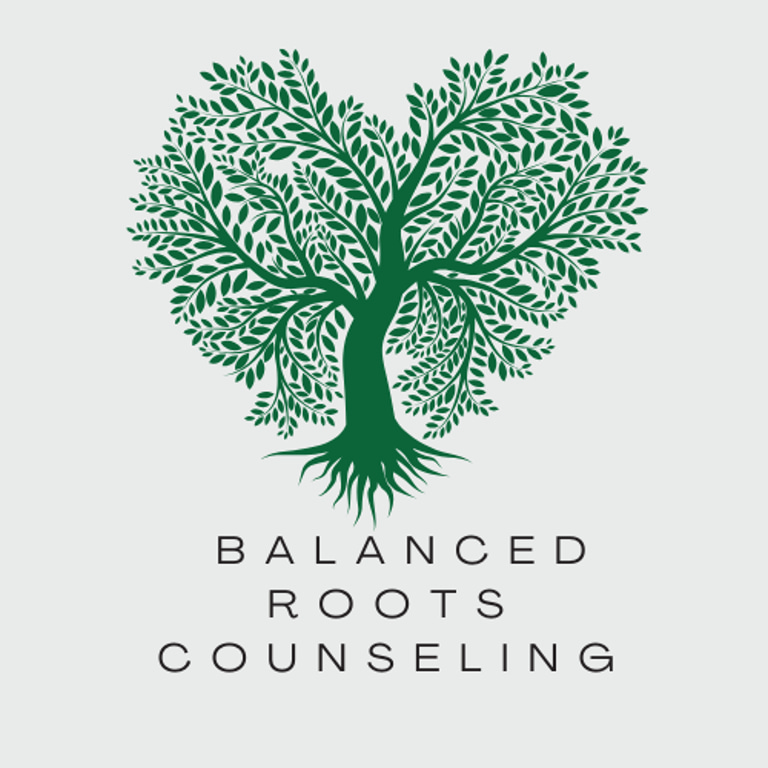Embracing the Sacred Power of Slow in Healing
Healing isn’t linear. And it definitely isn’t fast. This morning I found myself hovering over this snail, watching it inch along so slow, soft, exposed… and completely unbothered. That moment stayed with me. In therapy, I often remind clients that you can’t rush healing. Our nervous systems aren’t built that way. But when we honor the body's pace through tools like EMDR and Somatic Experiencing, something truly beautiful happens: the body begins to believe it's safe again. I wrote this article as a reflection on what the snail taught me, and how the “sacred power of slow” is the cornerstone of trauma healing. If you’re a therapist, a healing professional, or simply someone who’s working hard to hold space for yourself, this one’s for you.
Kris Williams, MS, LMHC, LPC, NCC
6/18/20253 min read


That Slug Life: Embracing the Sacred Power of Slow
This morning, during my walk with the pups, I spotted a slug inching slowly across the asphalt. (Okay, technically this is a snail, but stay with me - it was still giving me full Slug Life vibes.) Right now, the Pacific Northwest is plentiful with slugs - our little compost crew of the forests. And ironically the conversation of being like a slug rather than the proverbial turtle, has been coming up a lot lately. But this one was not on a mossy trail or shaded forest path—just the hard, gray pavement. There it was, stretched out like it had nowhere to be and no one to impress, I paused to watch. Soft-bodied and vulnerable against the hardness of the world, it kept moving—slowly, steadily, without apology. It reminded me of conversations I’ve had in session lately. So many clients are asking the same thing: “Why does healing take so long?”
They wonder if they’re doing it wrong, try to push themselves to move faster, to get better, to fix it already. I get it. I’ve been there too. Why can’t therapy be like taking a pill and getting instant, lasting results? The answer is biology. Our bodies aren’t built to speed through trauma. They’re designed for safety, survival, and gradual integration. Just like that slug—crossing something solid, unforgiving, and unnatural—many of us are healing in environments that don’t exactly feel soft or safe. And still, we move forward. Healing calls for slowness, presence, and deep listening—the kind you can’t fake or force.
Why Healing Is Slow (and Sacred)
When we experience trauma—especially chronic or developmental trauma—our nervous system learns to prioritize survival over connection. We default to protective states like fight, flight, freeze, or fawn. These aren’t flaws; they’re intelligent adaptations, often learned early in life. But over time, they take a toll. Healing doesn’t happen in these states. It occurs in ventral vagal regulation—when the body finally feels safe enough to soften, connect, and integrate. Healing isn’t linear. It’s not a checklist and it’s certainly not fast. Even the most effective therapeutic techniques can overwhelm the system if it's not ready. That’s why I integrate EMDR and Somatic Experiencing in my work with clients. Together, they support a healing rhythm that honors the body’s natural pace.
EMDR + Somatic Experiencing: A Sacred Pairing
EMDR offers structure and precision. Through bilateral stimulation, it helps the brain reprocess traumatic memories that got stuck. But EMDR doesn’t begin with trauma—it begins with resourcing: building internal anchors, strengthening the nervous system, and preparing to meet deeper wounds with support. We wouldn’t climb a mountain without training. So why would we approach trauma work without preparing the nervous system first?
Somatic Experiencing ties in beautifully. It brings us back into relationship with the body. It teaches us to notice micro-movements, to track sensation instead of narrative, and to complete protective responses that were interrupted. It’s deliberately slow—because slow is safe.
Together, these approaches are transformative. Somatic work lays the groundwork for regulation; EMDR helps organize and integrate the deeper material that surfaces. And when I get to witness a client reach the stage of reprocessing where they are at completion, it’s one of the most meaningful experiences to witness. The memory no longer hijacks their sense of safety and it becomes something that happened, not something that defines them. These are the moments I am so deeply satisfied in the work I get to do. It’s healing on both a neural and somatic level, and it’s an absolute privilege to hold space for that.
The Wisdom of the Slug
Like the slug (or snail, or turtle), we can learn to move slowly and with intention. Not because we’re broken, but because we’re healing with wisdom. There’s no prize for rushing through your trauma. But there is profound transformation in going slow enough to hear what your body has been trying to tell you all along. That’s why the slug resonates so deeply. It moves with full permission to take as long as it needs. And in that slowness the body begins to believe it’s safe again. Sometimes the most powerful thing you can do is go slow enough to feel. That’s the Slug Life - And there’s quiet, sacred magic in it.
What can you do to slow down for your nervous system today? I invite you to take one step today that honors your own pace. Pause for a moment before reacting to something. Maybe sip your coffee without checking your phone. Step outside and notice the air on your skin. Just try doing something slow enough to feel it in your body. Your nervous system will thank you.
Written on a misty Bellingham morning, with coffee in hand and zero rush in sight.
Contact Information
Kris@balancedrootscounseling.com
(360) 389-2048
© 2024, Balanced Roots Counseling, PLLC, All rights reserved.
Kris Williams, MS, LMHC, LPC, NCC



Typical Availability
Monday: 10:00 AM – 12:00 PM, 2:00 PM – 7:00 PM
Tuesday–Wednesday: 10:00 AM – 12:00 PM, 2:00 PM – 6:00 PM
Thursday: 8:00 AM – 12:00 PM, 2:00 PM – 5:00 PM
Friday: Closed


